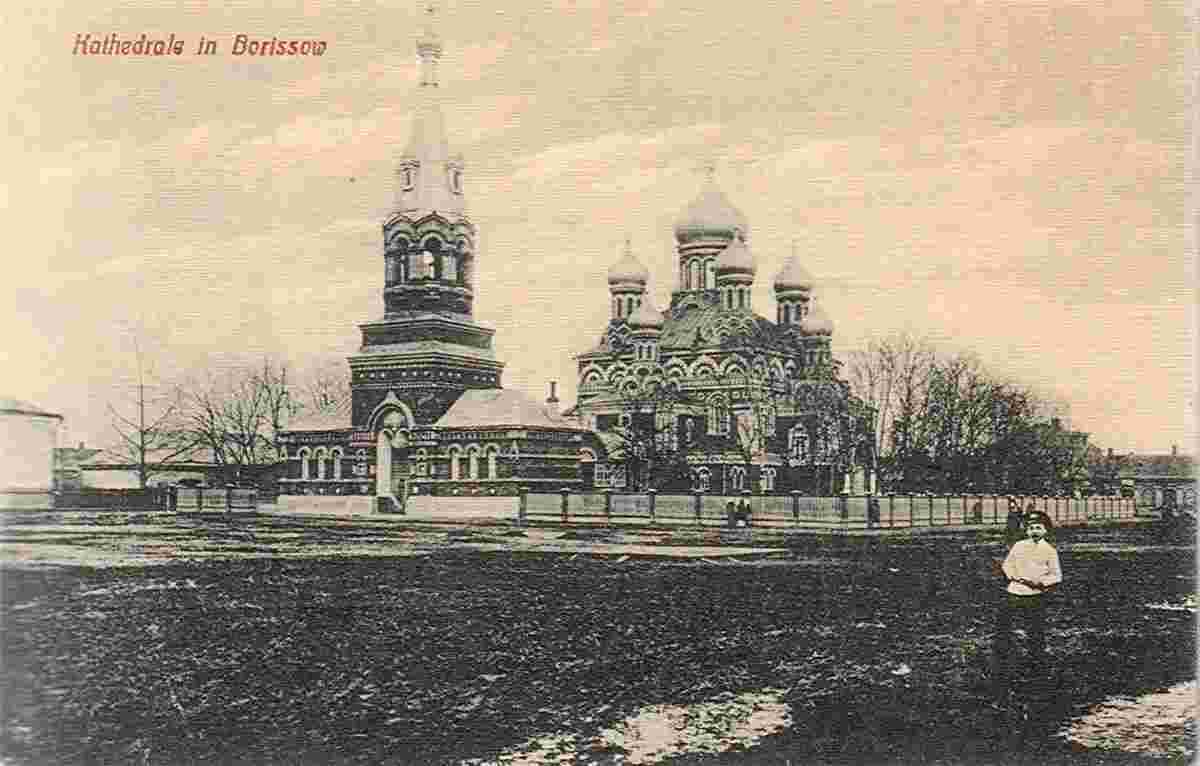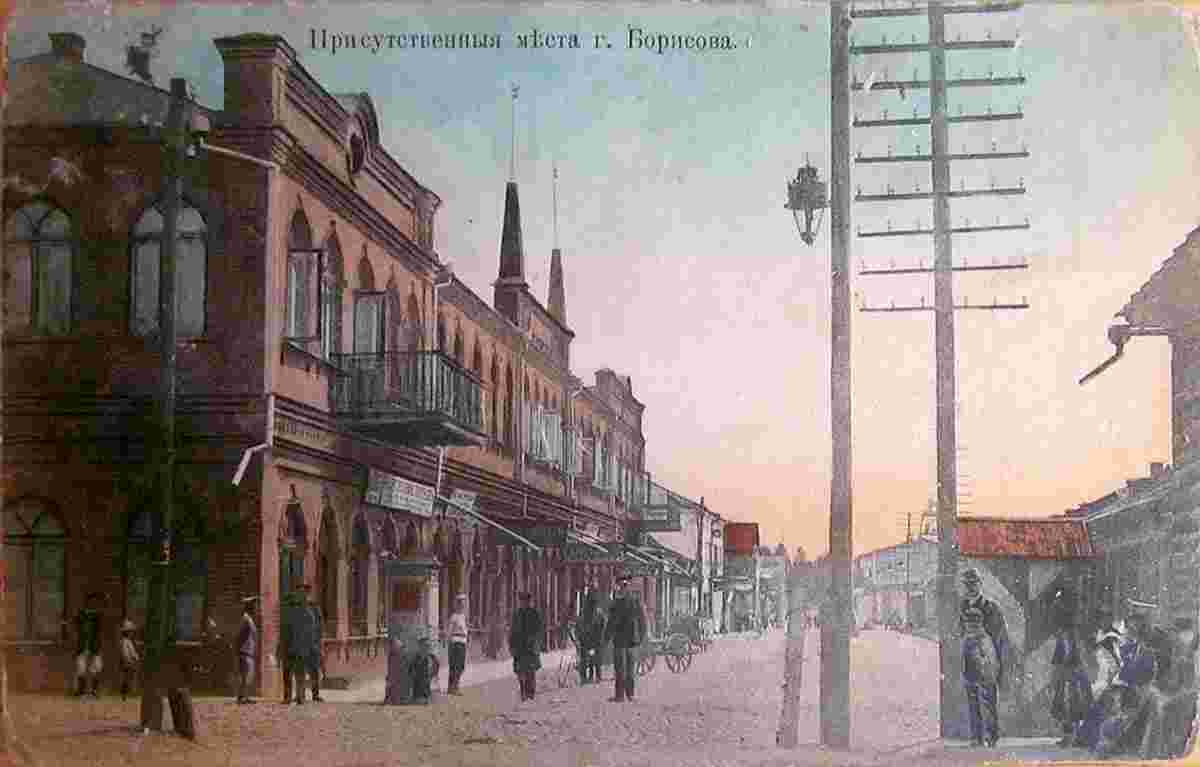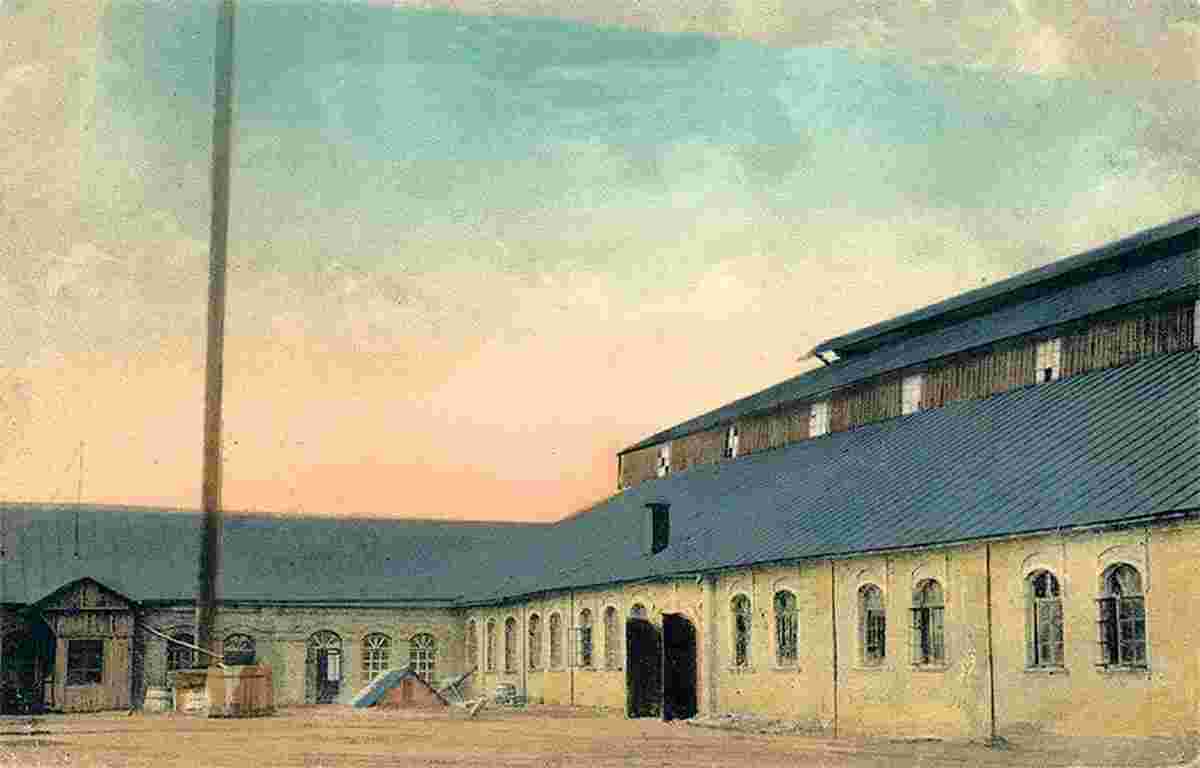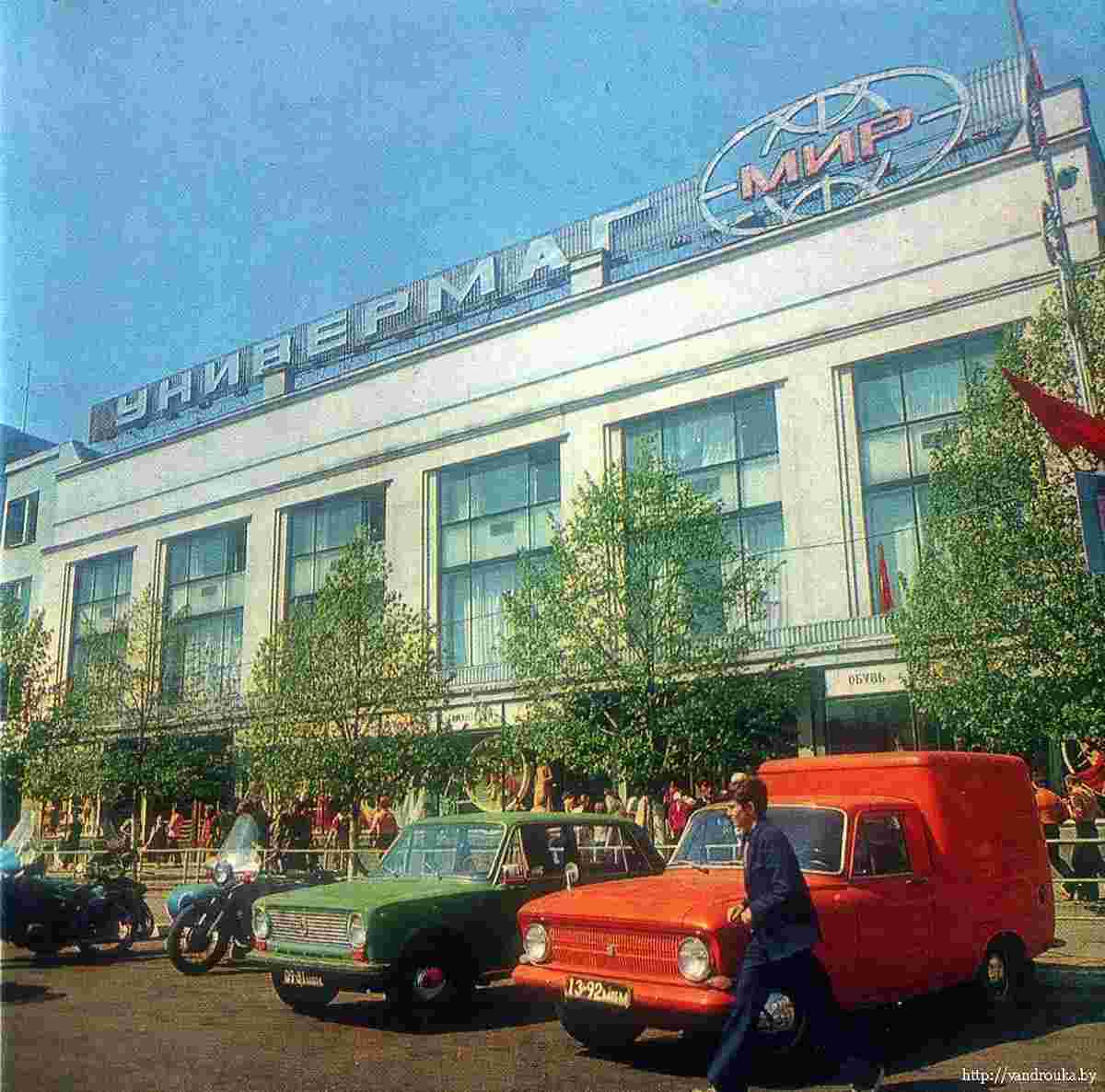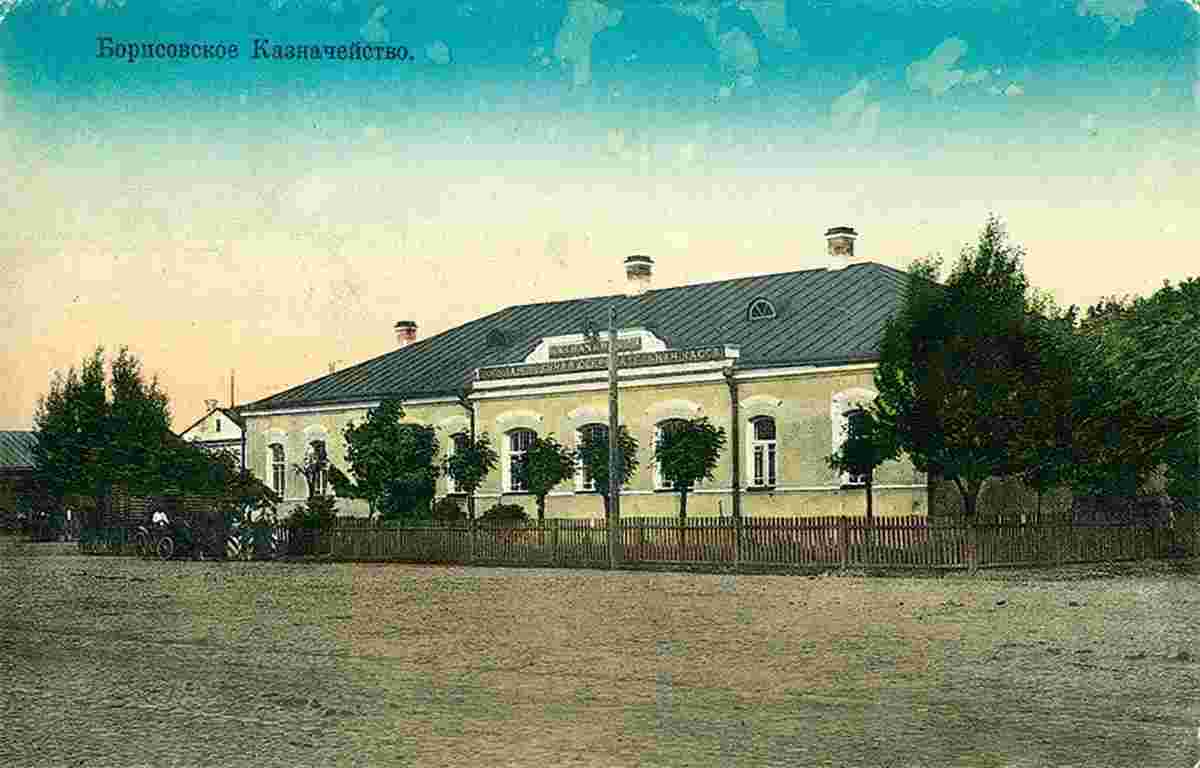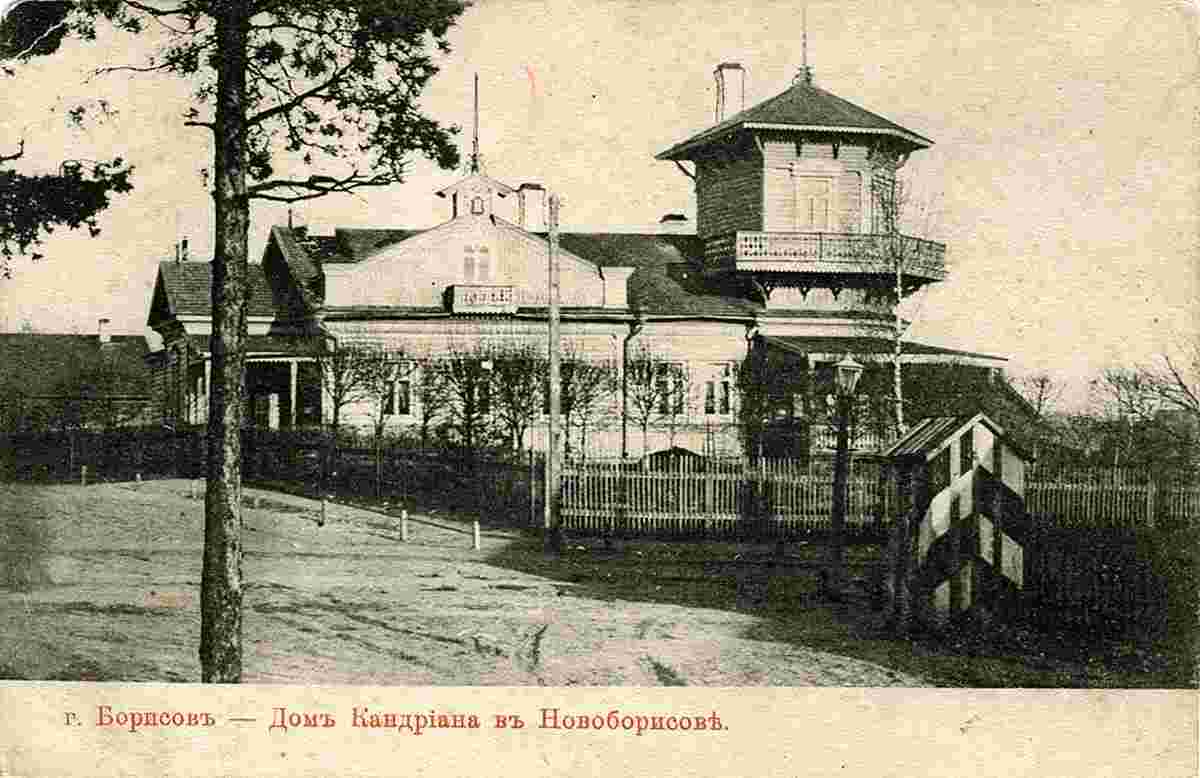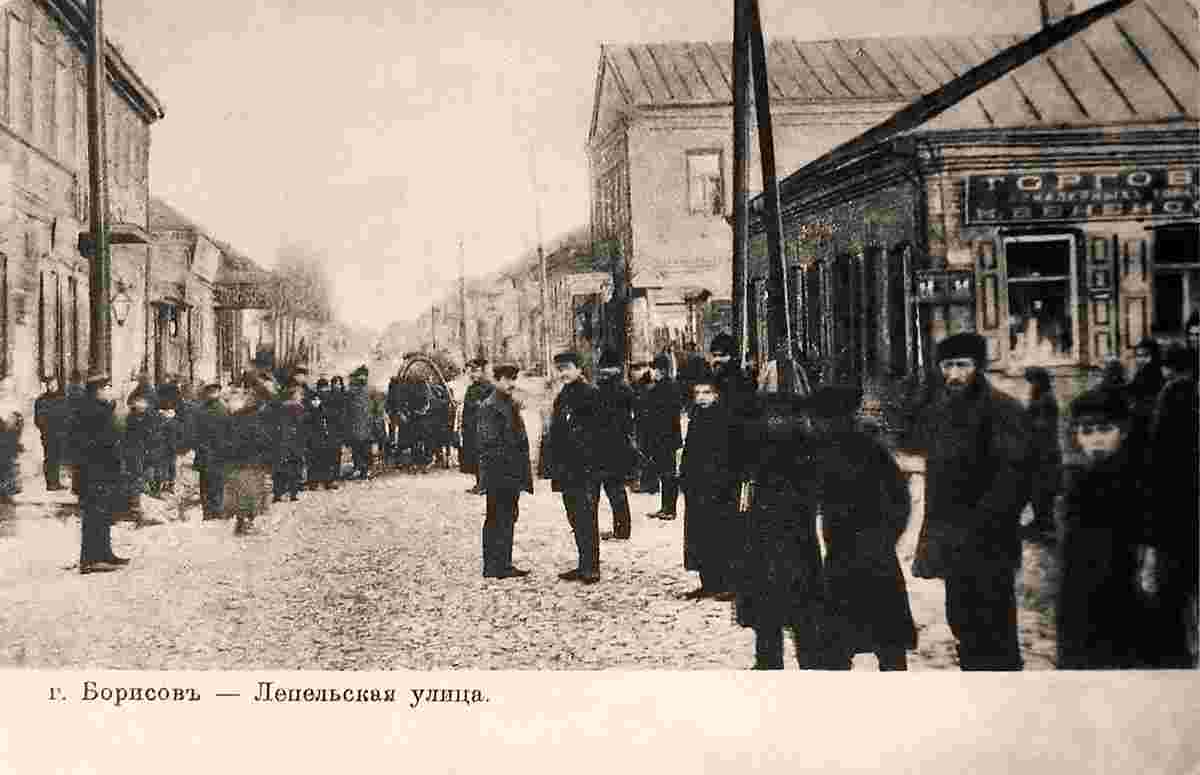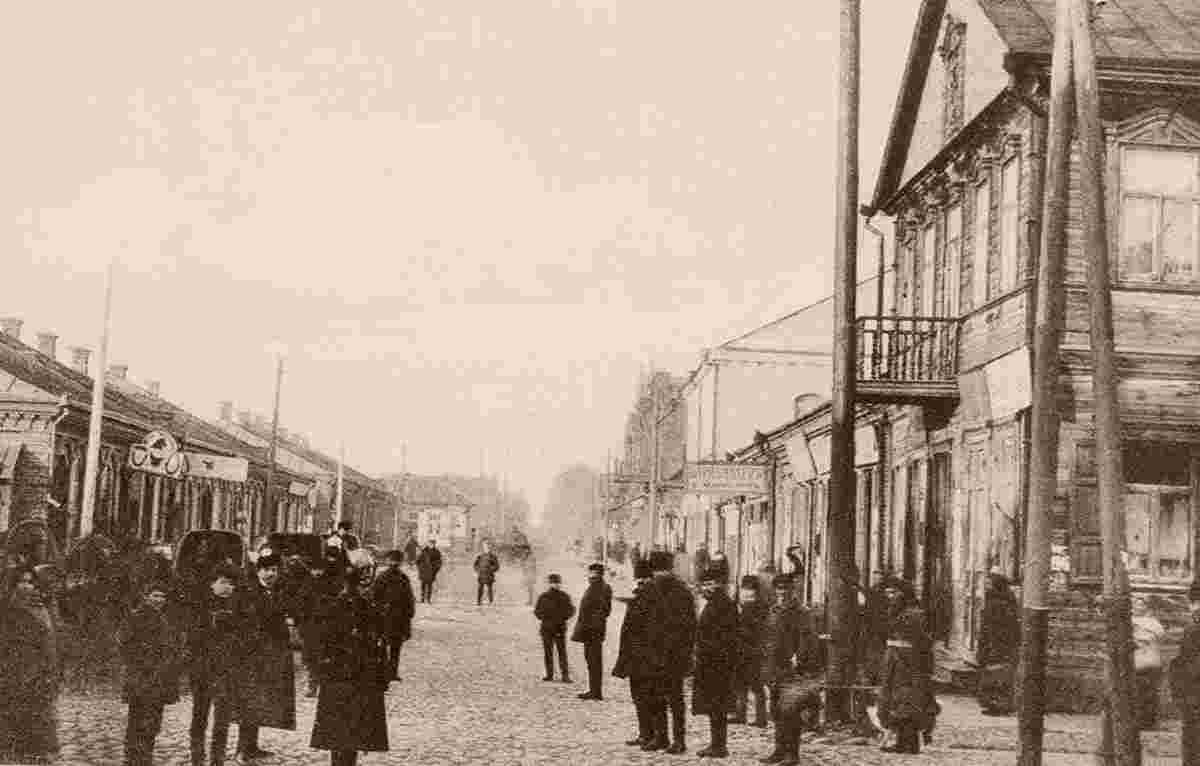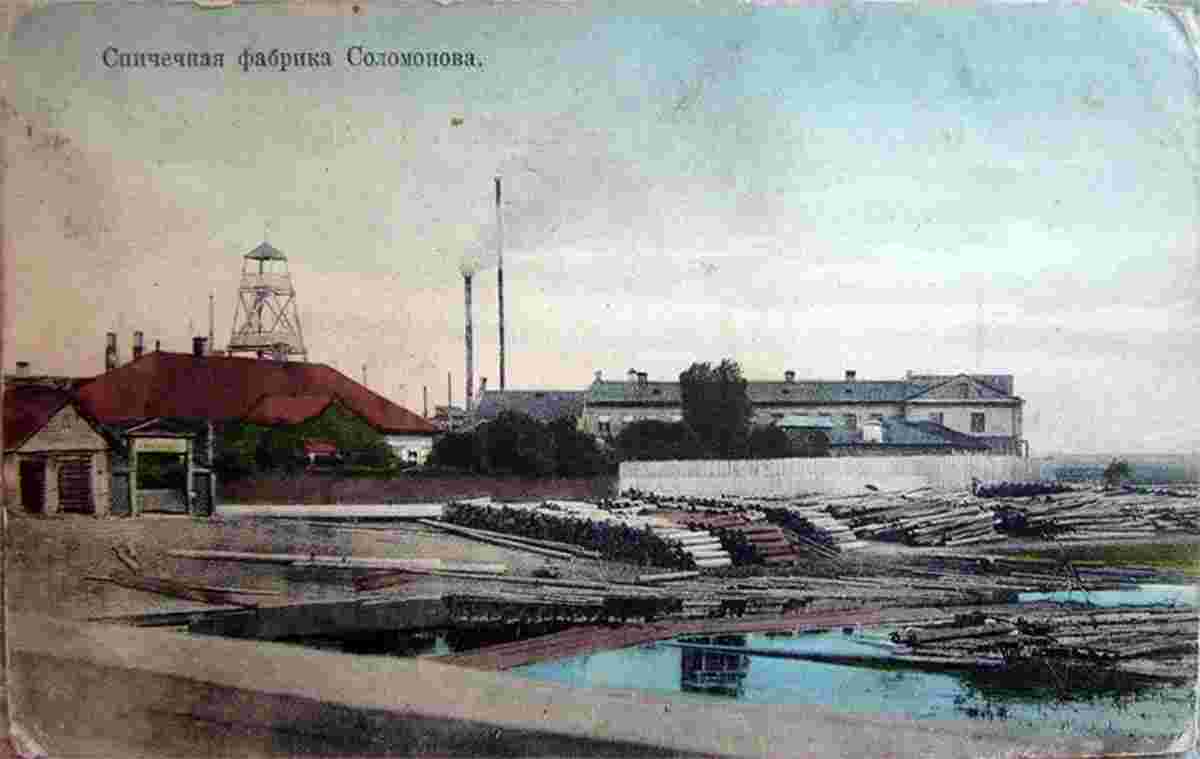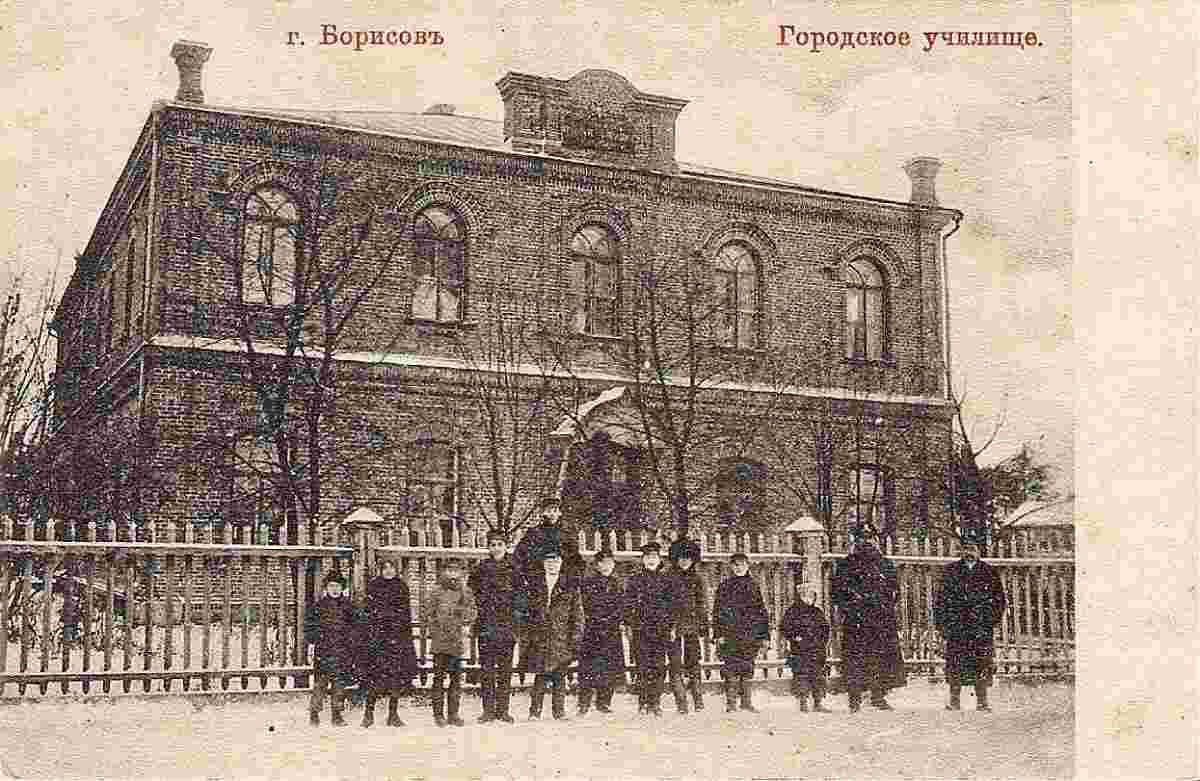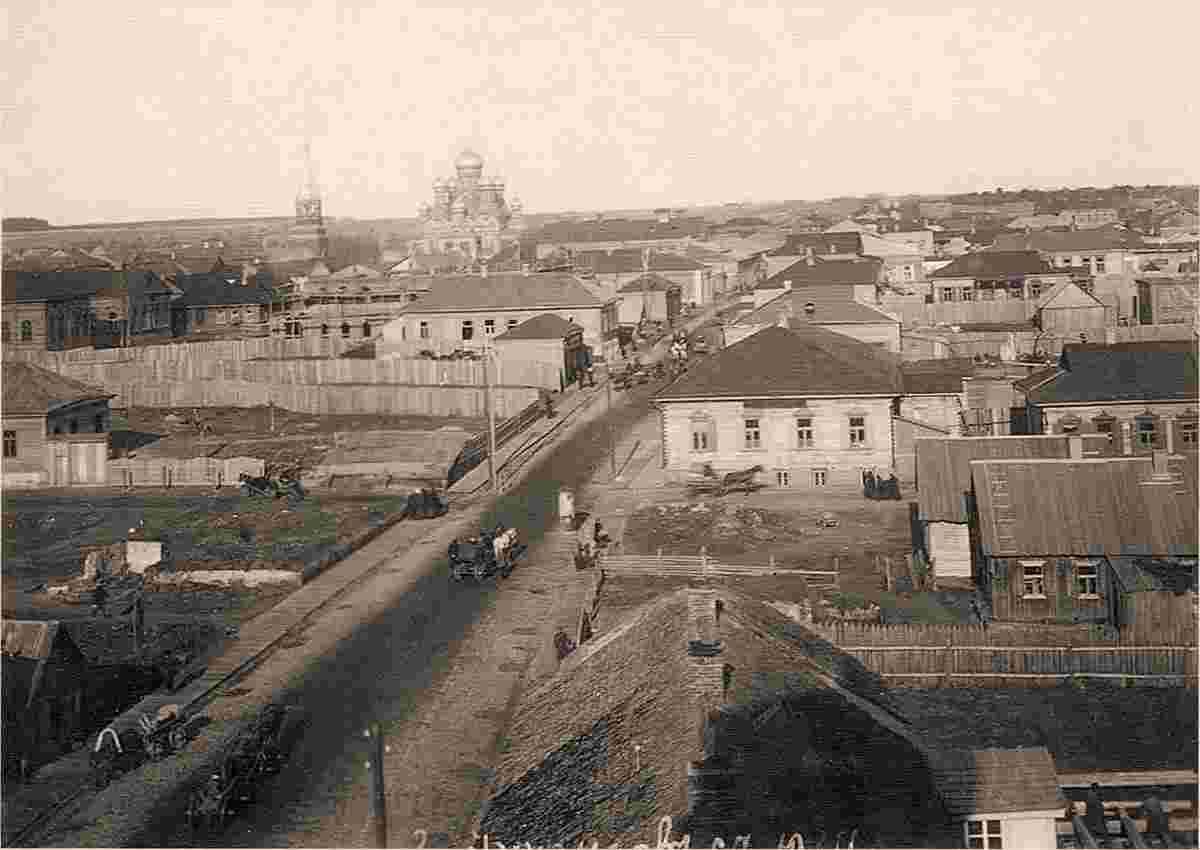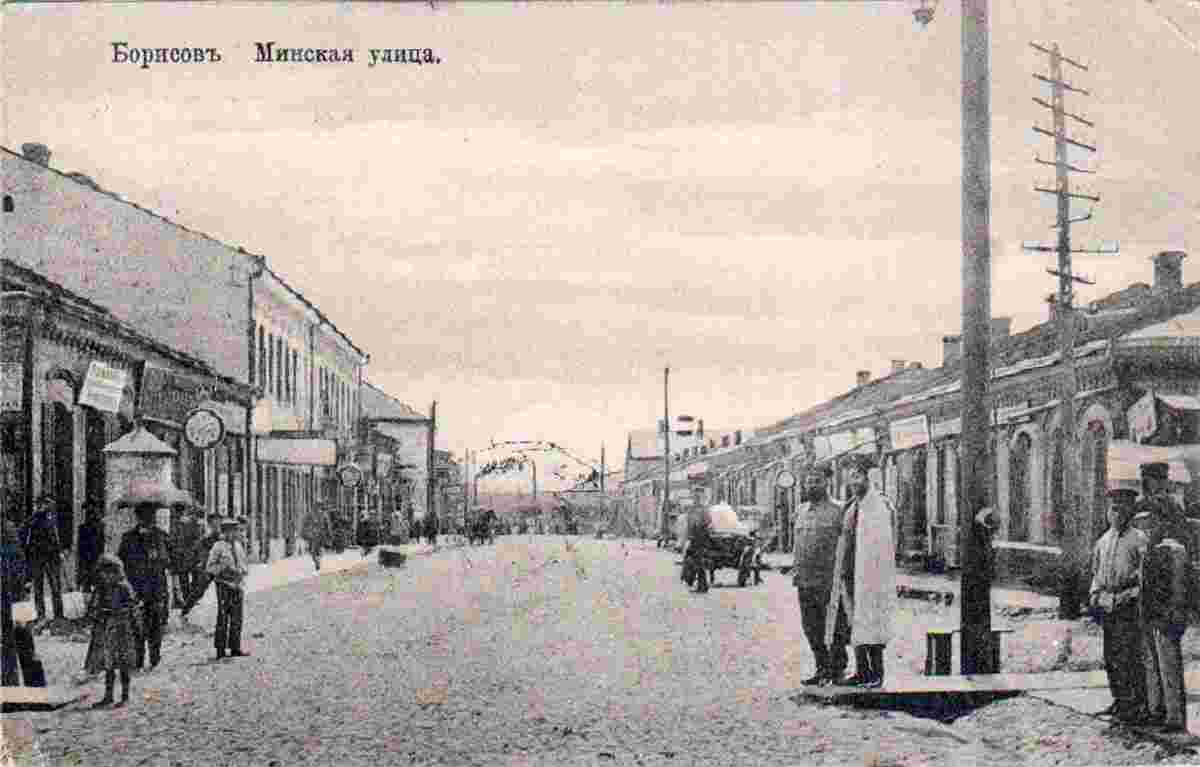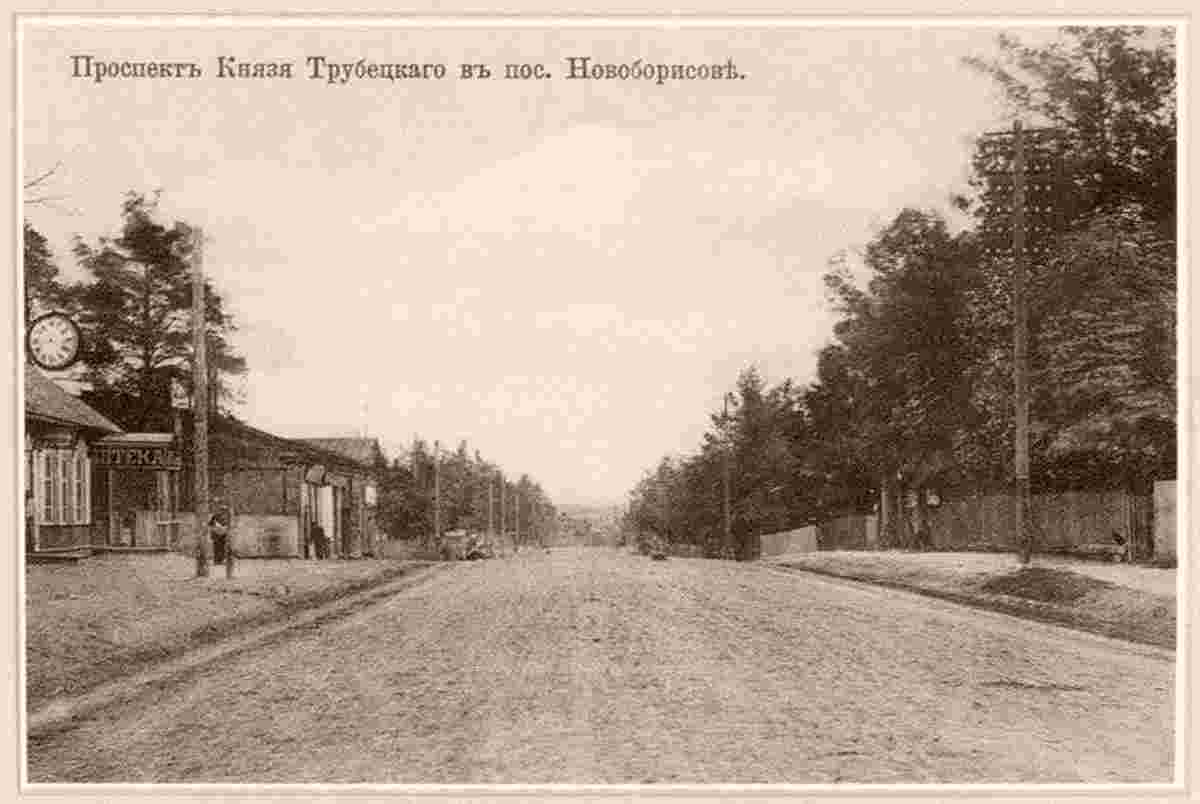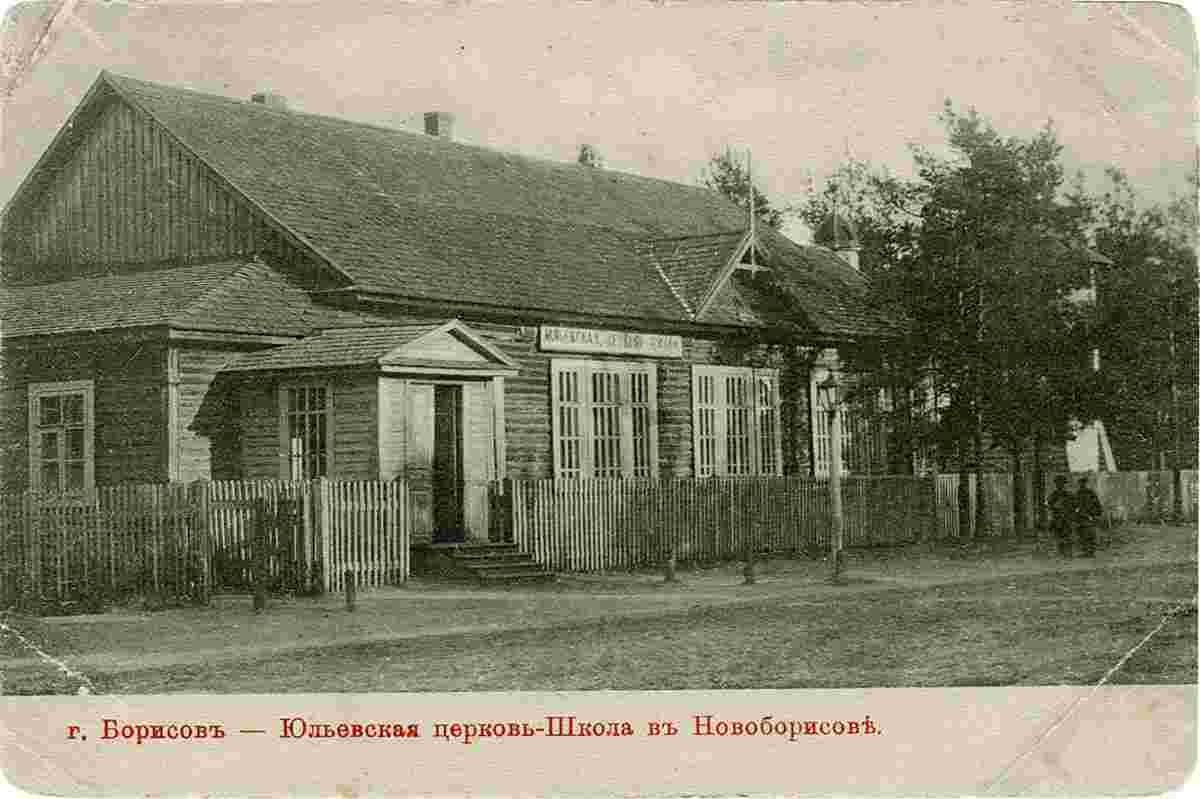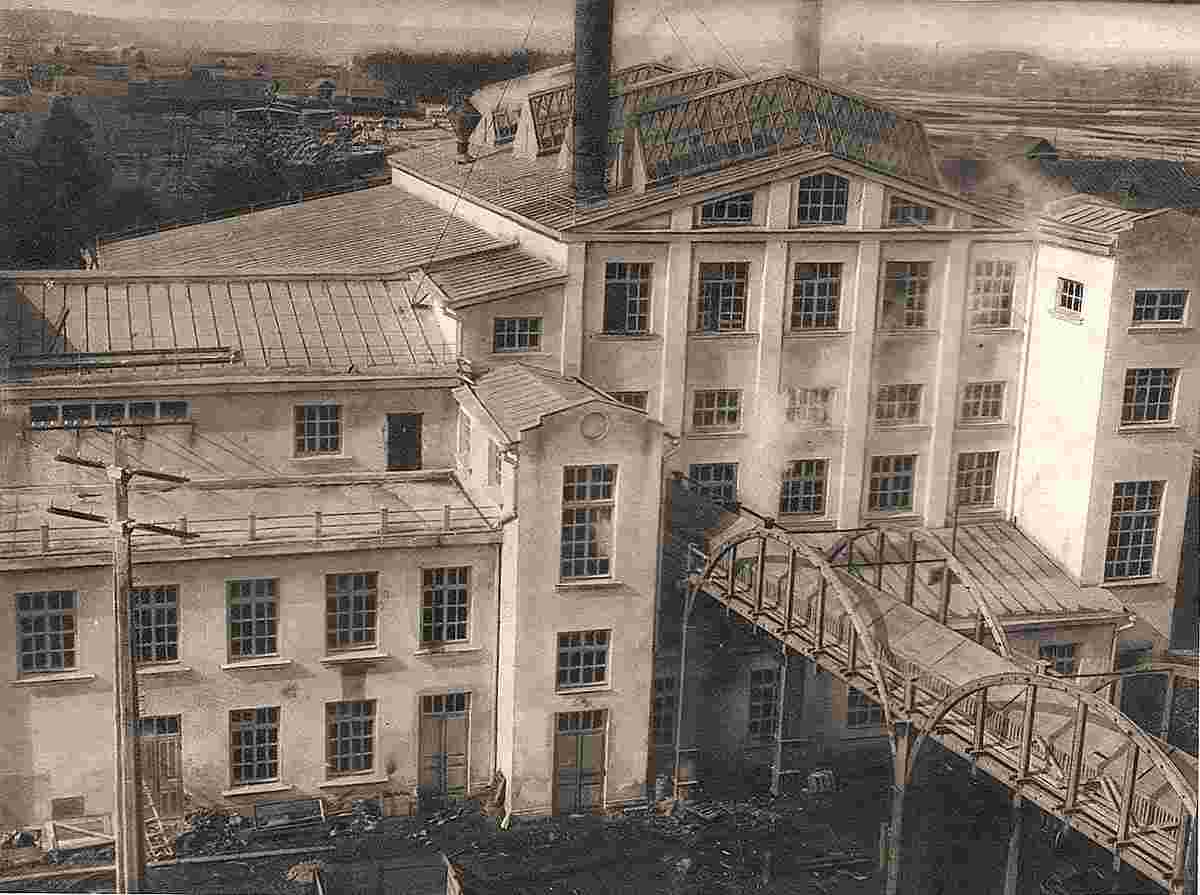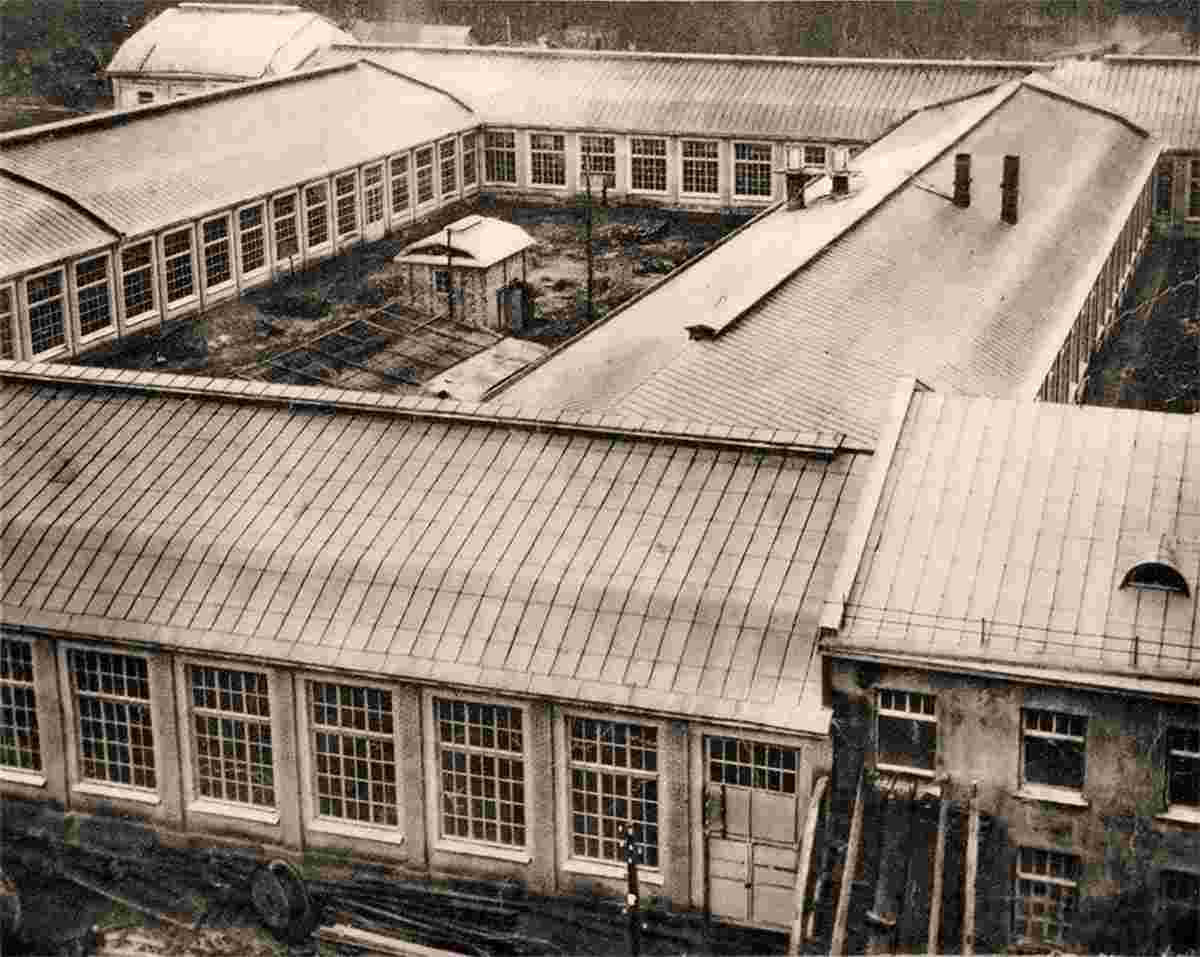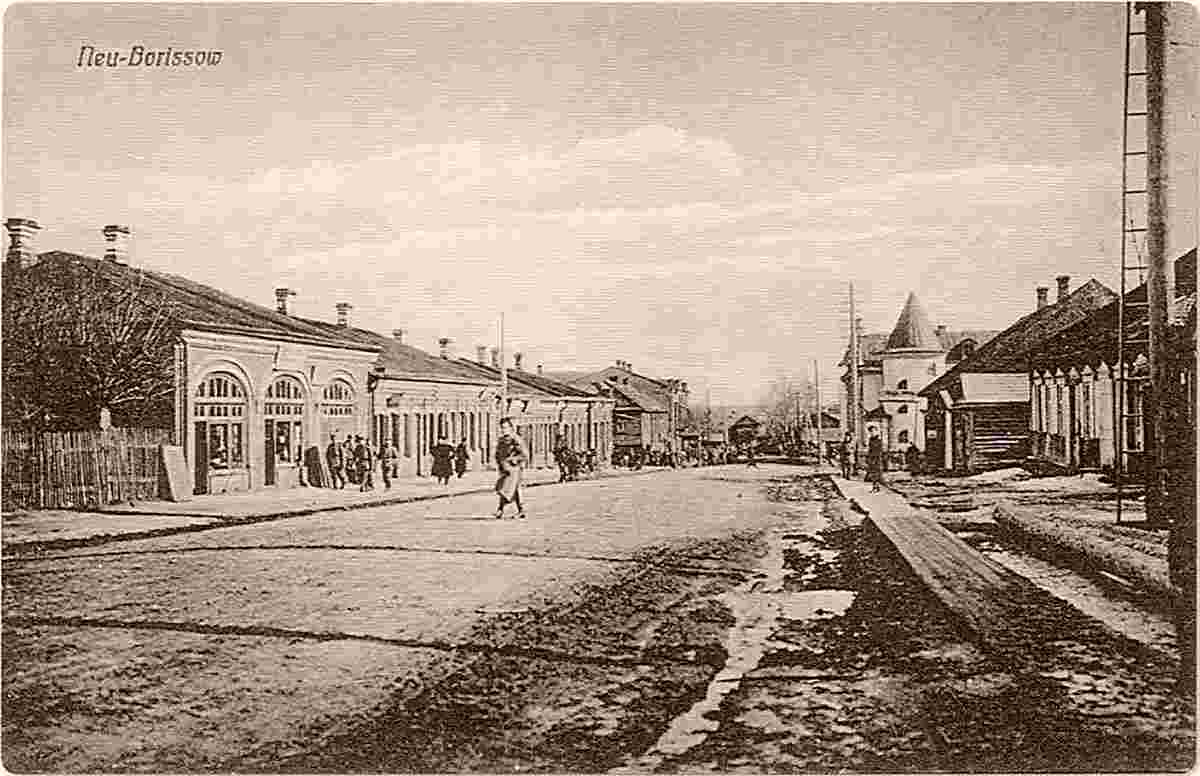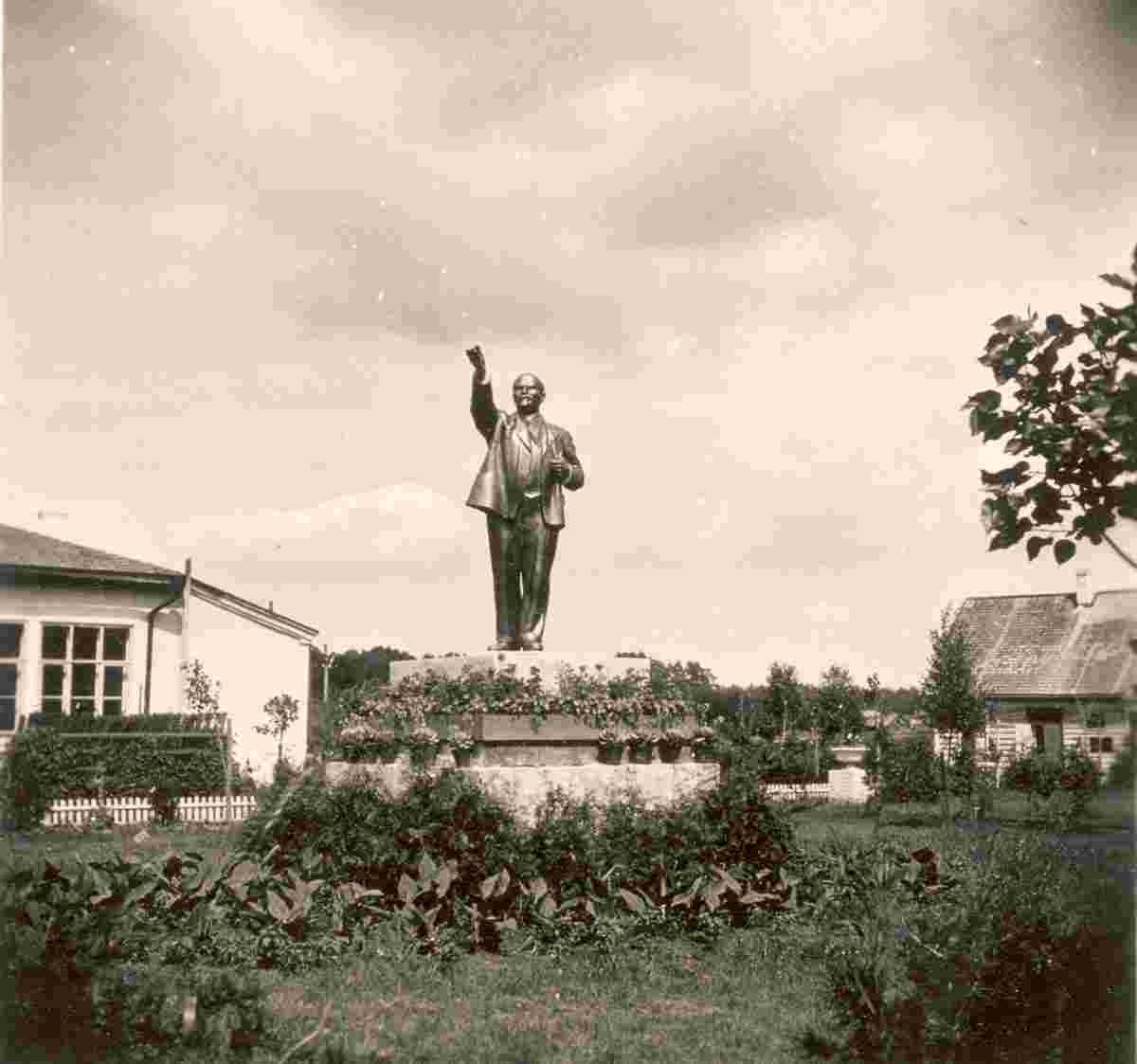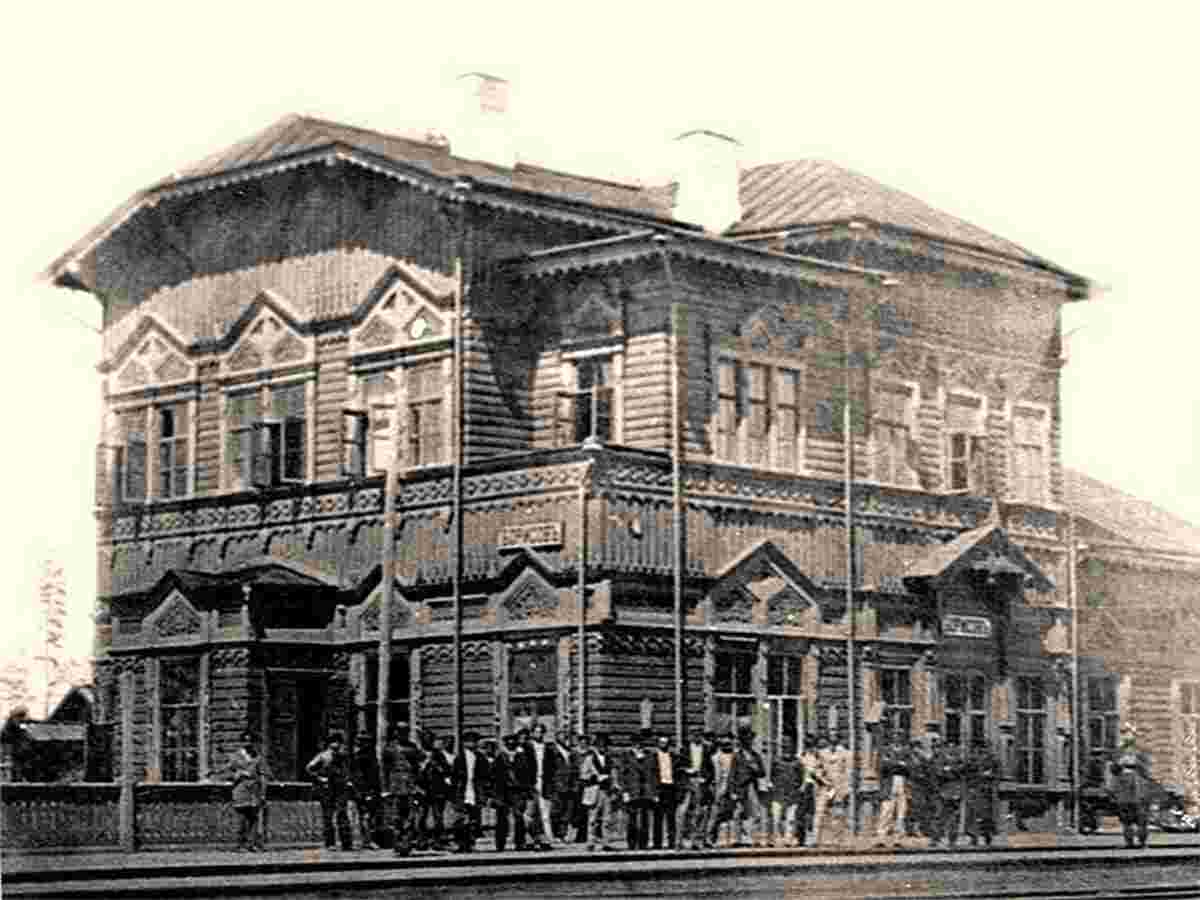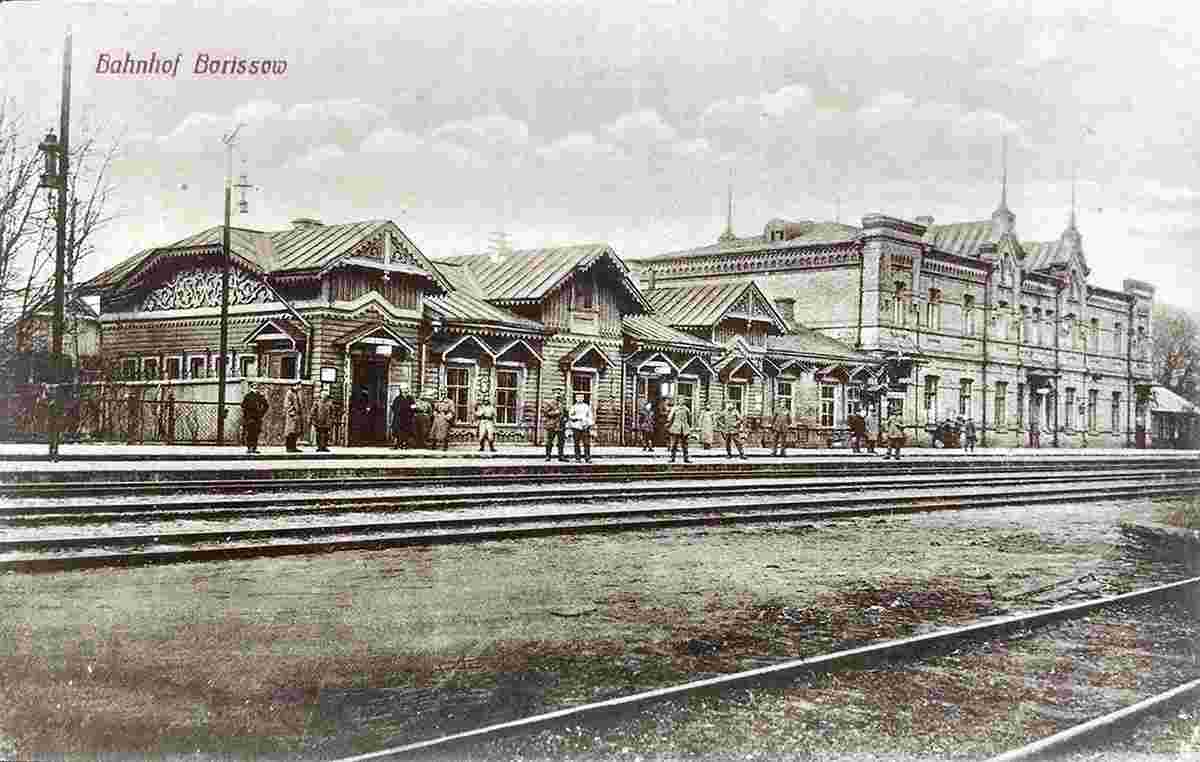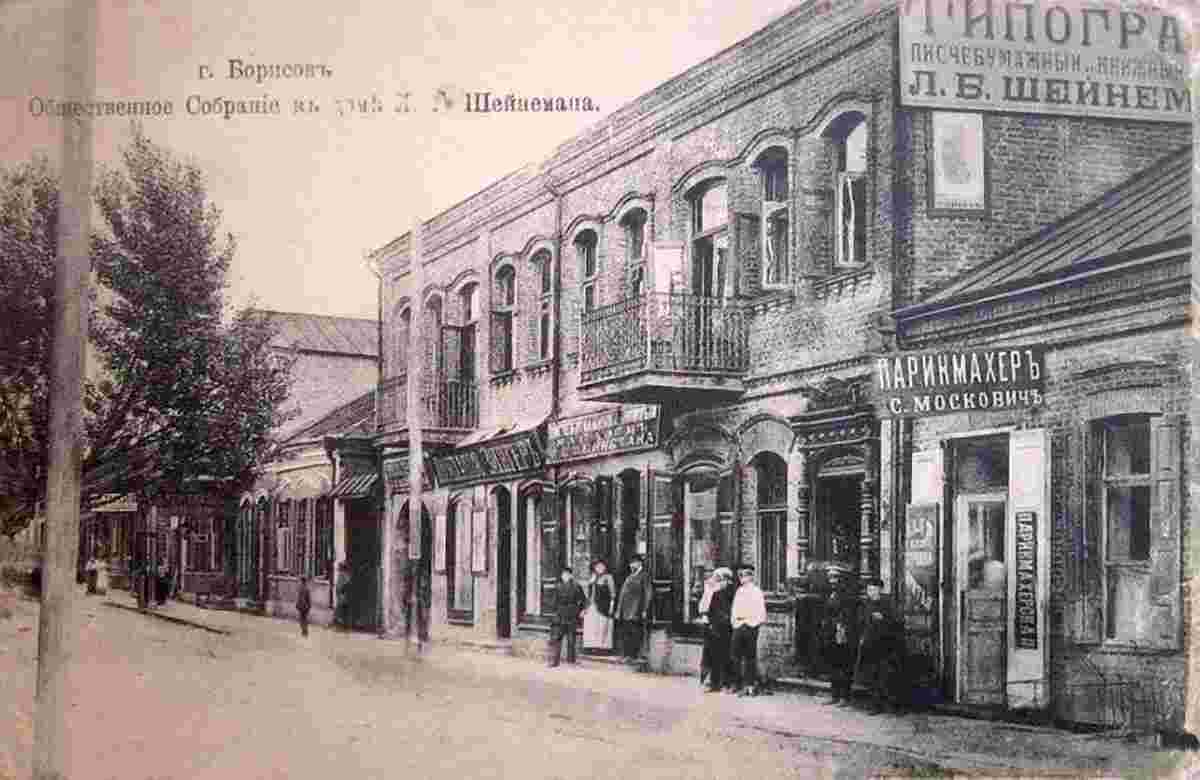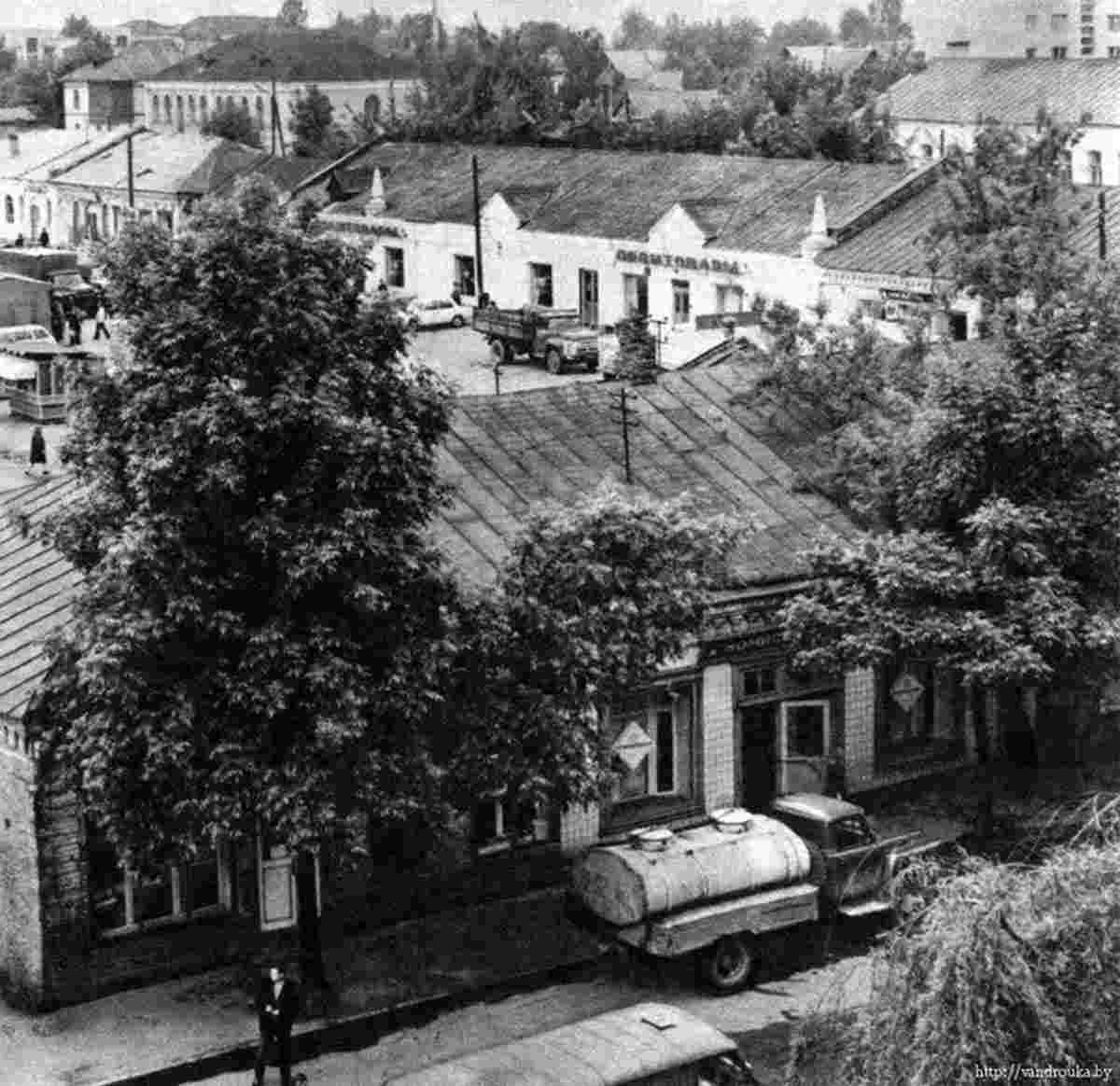History of Barysaw (Барысаў, Борисов) in photos
HistoryMiddle Ages and early modern eraBarysaw is first mentioned in the Laurentian Codex as being founded (as Borisov) in 1102 by the Polotsk prince Rogvolod Vseslavich, who had the baptismal name of Boris (the name of the city literally means Boris'). During the next couple of centuries it was burned and then rebuilt slightly south of its original location. At the end of the 13th century it became a part of the Grand Duchy of Lithuania, after the Union of Krewo (1385) part of the Polish–Lithuanian Union. In 1500 during the Lithuanian–Muscovite War, Alexander Jagiellon resided in Barysaw Castle. In 1563 it was granted Magdeburg town rights by King Sigismund II Augustus. In 1569 (after the Union of Lublin) it became part of the Polish–Lithuanian Commonwealth, and then became part of the Russian Empire in 1793 as a result of the Second Partition of Poland. In the last years of the Polish-Lithuanian Commonwealth, troops were stationed here, including the 4th Advance Guard Regiment, and King Stanislaw August established the town's coat of arms (decree #17435), the top half containing the coat of arms of Minsk, while the lower half had two stylized towers on a silver background with a passage between them and Saint Peter above the towers holding a key in his hand. 19th centuryAfter the Partitions of Poland, Barysaw was an uyezd town located in the Minsk Governorate. In 1812, Barysaw became a crucial location when Napoleon's troops crossed the Berezina river. The French feinted a crossing at the town itself, but successfully escaped the pursuing armies by building two wooden bridges north of the city, at Studianka. This event is reenacted by military locals during town festivals. A cannon from the Napoleonic era is kept by the town's museum. In 1871, the railway between Brest and Moscow passed near Barysaw, and a station was built there. In 1900 the area around the station was annexed the town. 20th centuryDuring World War I, after the fall of tsarist Russia, fights broke out for control of the city and it changed owners several times. In November 1917 the area became a part of Soviet Russia, from early 1918 it was occupied by Germany, in December 1918 it fell to the Soviets again, from 1919 to 1920 it was controlled by Poland, before being captured by the Soviets for the third time. Soviet rule was recognized by the Peace of Riga in 1921 and the city was included in the Belarusian Soviet Socialist Republic. During World War II, Barysaw was occupied by Nazi Germany from 2 July 1941 to 1 July 1944, and most of the city was destroyed. More than 33,000 people were killed in six death camps which were constructed around the town. Since May 1948 the city has been home to the headquarters of the 7th Tank Army, which became the 65th Army Corps and then the North Western Operational Command of the Armed Forces of Belarus in 2001. In 2000s the Head of City Administration, or Mayor, was Vassily Burgun. Origin: en.wikipedia.org | |||||||||||||
 |
Old historical photos and pictures of Barysaw, Belarus
Старыя гістарычныя фота і здымкі Барысаў (Борисов), Беларусь |
| Cities of the World • Countries of Europa • Cities of Belarus |
| Robinson Rd, CB 13862 Nassau, NP, The Bahamas |
